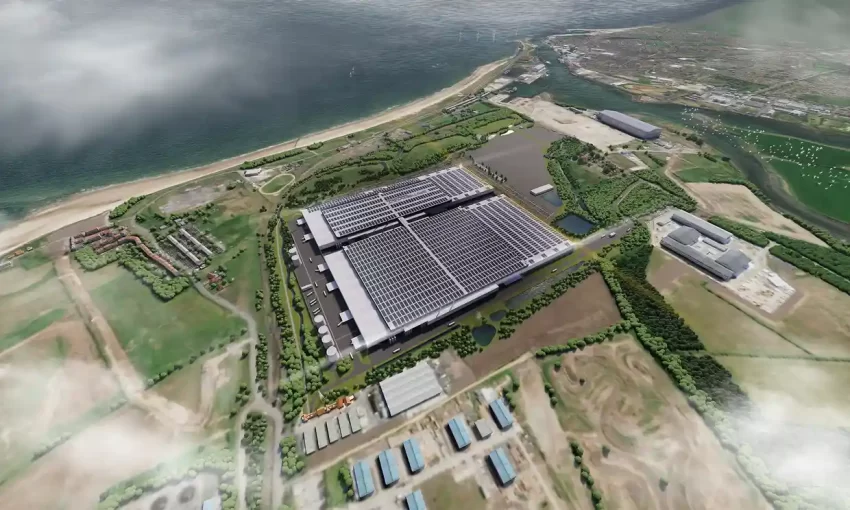Transmed Medical Fund has once again failed to maintain its solvency ratio at or above 25%, the minimum statutory prescribed level in the Medical Schemes Act.
The Council for Medical Schemes (CMS) 2022 Industry Report released on Thursday reveals that Transmed’s solvency ratio in fact deteriorated further – to 17.96% in 2022 from 19.72% in 2021 and 22.37% in 2020.
ADVERTISEMENT
CONTINUE READING BELOW
Read: Another SA medical scheme is facing solvency issues
Transmed is the only restricted medical scheme that failed to comply with the statutory prescribed solvency ratio in 2022.
However, the CMS expressed concern about the Sizwe Hosmed Medical Fund.
It said the significant drop in solvency experienced by Sizwe Hosmed Medical Fund is explained in part by the previous year’s amalgamation with the Hosmed Medical Aid Scheme, which resulted in the annualised contributions for 2022 increasing significantly.
“It is, however, of concern that the scheme incurred the fourth highest operating deficit, given its low solvency level,” it added.
“This seems to suggest that the scheme has experienced much worse claims than anticipated at its pricing for its 2022 benefits.”
Demographic disadvantage
The CMS Industry Report provides the medical schemes industry and stakeholders with demographic information, benefits paid, and the financial performance of the medical schemes industry.
The CMS said Transmed has a demographic profile that is worse than the industry average.
The industry average for restricted schemes in the year was 31.69 years, with a pensioner ratio of 6.9%.
Transmed’s average was 57.28 years old, with a pensioner ratio of 49.44%.
The CMS said schemes with higher-age demographic profiles are at particular risk of the so-called “death spiral”, where adjustments to pricing appropriately for the profile of its members might result in the unaffordability of contributions and the subsequent loss of its younger members, thereby exacerbating the effect.
“The employer group provides specific funding for the scheme’s [Transmed’s] Guardian option, which had a pensioner ratio of 94.36% and a claims ratio of 102.30% at the end of 2022.
“The remainder of the options broke even or incurred net healthcare surpluses in 2022,” it said.
The CMS added that the Government Employees Medical Scheme (GEMS) was registered in 2006 and was able to meet the 25% solvency ratio in 2019, which resulted in a significant decrease in the number of beneficiaries in restricted schemes below the prescribed minimum solvency level to only 0.86% in 2019 from 48.16% in 2018.
Of the 55 restricted schemes at the end of 2022, Transmed was the only one with a solvency ratio below 25% but accounted for only 0.55% of the total 4.17 million beneficiaries in restricted schemes.
The solvency ratio of a medical aid scheme refers to its accumulated funds as a percentage of its gross annual contributions.
Health Squared
Health Squared Medical Scheme, which was established in 2018 through the amalgamation of two long-standing medical aid providers, Resolution Health and Spectramed, was the only open medical scheme that failed to meet the prescribed solvency level.
Its membership accounted for only 0.58% of beneficiaries in open schemes.
However, Health Squared was placed under provisional curatorship on 8 September 2022 and subsequently liquidated on 17 February 2023.
ADVERTISEMENT
CONTINUE READING BELOW
Read:
Health Squared Medical Scheme applies to be wound up
Health Squared Medical Scheme placed under provisional curatorship
Maladministration may have been a main cause of Health Squared’s ‘financial ruin’
The CMS said Health Squared did not submit any data for the 2022 year.
Monitoring solvency ratios
It added that it closely monitors schemes below the 25% solvency ratio by regularly meeting them to assess their performance against their business plans.
The CMS said the 2022 industry solvency ratio of 47.21% improved from 46.73% in 2021.
The solvency ratio of open schemes decreased to 38% in 2022 from 39.71% in 2021, while the solvency ratio of restricted schemes improved to 56.53% in 2022 from 56.1% in 2021.
In recent years, there has been a steady decrease in the number of open and restricted medical schemes that failed to meet the required solvency ratio.
Read:
Medical schemes told to keep 2024 contribution increases to 5% or less
Discovery Health appeals regulator’s directive on 2024 hikes
There were four open schemes in 2018 that failed to meet the required solvency ratio, but this declined to one in 2021, while the number of restricted schemes that failed to meet this requirement dropped from three in 2018 to one in 2022.
The CMS said the 2020 solvency levels of medical schemes increased significantly in both industries due to the higher net surpluses incurred due to the decreased utilisation of benefits brought on by the various Covid-19 lockdowns.
It attributed this improvement to increased medical scheme investment income.
However, the CMS said the industry experienced a significant deterioration in net healthcare, resulting in a R6.16 billion deficit in 2022 from a R820.52 million surplus in 2021.
Impact of Discovery Health
The CMS said the solvency of the open scheme industry is positively correlated to the movement in the solvency of the biggest medical scheme, the Discovery Health Medical Scheme.
Read: Medical aid 2024: Highest and lowest increases announced so far
It said Discovery Health’s solvency decreased from 38.01% in 2021 to 35.11% in 2022, with a similar decrease noted in the industry average.
The report further revealed that:
- The net assets of medical schemes increased by 3.84% to R109.76 billion in 2022 from R105.71 billion in 2021.
- The number of beneficiaries covered by medical schemes has remained constant over the last decade but exceeded nine million in 2022, with the proportion of beneficiaries covered by medical schemes expressed as a proportion of the population in the country declining to 14.92% in 2022 from 16% in 2000.
- The industry experienced a growth in the number of beneficiaries from 8 938 872 in 2021 to 9 039 259 in 2022.
- Schemes continued to implement below-inflation increases during 2022, with a 2.56% increase in risk contributions per average beneficiary per month from R1 911.95 in 2021 to R1 960.92 in 2022 compared to the CPI of 6.9%.
Read/listen:
NCOP passes contentious NHI Bill
CMS responds to claims of fraudulent billing at Mediclinic
Council for Medical Schemes red flags RAF non-payment




